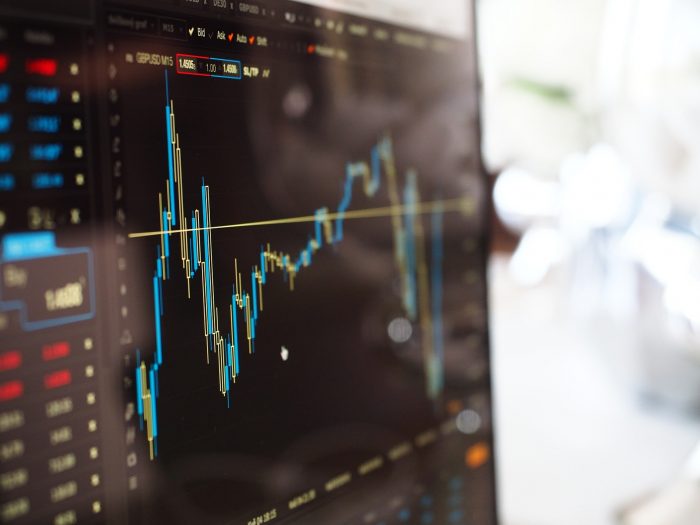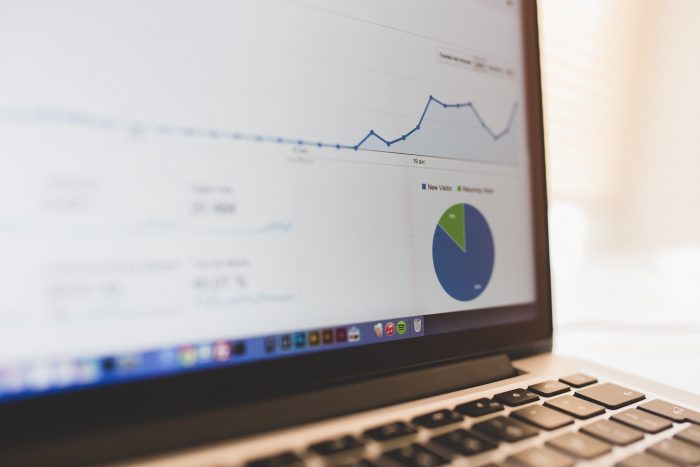
Quick review from Friday´s market (13/03/2020). Fortunate Friday: The S&P 500 came back strong , with the S&P 500 up 9.3% (best day since 08). With today’s rally, the S&P index is now down ~16% year to date and has corrected 20% from the February 19 all-time high.
- Most of the gains came in the last hour of trading, all sectors were higher, but the best performing sectors were Financials (+13%) and Tech (+12%).
Rates were higher across the curve, as the 10-year yield briefly crossed above 1% near the close, only to settle at 0.98%.
Markets witnessed some of the strongest and arguably unparalleled moves over the past week. HY spreads reached 742bps as of close on Thursday, after widening 237bps over the week.
- In the previous cycle, it took HY seven months to widen from mid-300s to 700bps (Jul 2007 – Feb 2008); in the early 2000s, it took even longer – 14 months to do so. This time around the move occurred in two months. There is no historical precedent for this (BofA).
BIGGEST MARKET INFLUENCE TODAY: Trump announced a STATE OF EMERGENCY, opening $50B of funds to help in coronavirus pandemic response.
- Trump said that we are now in a different phase of the virus, urged states to open emergency operation centers.
- Noted drive-through coronavirus testing to increase, with Google developing a website to direct patients to those locations.
- Waived student loan interest on federal loans, announced strategic petroleum reserve purchases.
More policy support from central banks globally:
- PBOC (China) announced targeted required reserve ratio (RRR) cuts that it said will release 550 billion yuan ($79B) of liquidity (Bloomberg).
- BOJ (Japan) announced it would buy ¥200B ($1.9B) of JGBs with maturities of five to ten years in an unscheduled move. Also said it would inject an additional ¥1.5T in two-week lending (Reuters).
- ECB (Europe) chief economist Lane said in a blog post central bank will not tolerate any risks to smooth transmission of its policy and stands ready to do more (FT).
- RBA (Australia) injected an outsized $8.8B into the financial system (Financial Review).
- Riksbank (Sweden) to lend $51B to banks to maintain supply of credit to Swedish companies (Bloomberg).
- Norges Bank (Norway) cut its key rate by 50 bp to 1%, lowered the counter-cyclical capital buffer for banks by 150 bp to 1% and said it is prepared to make further rate cuts (Bloomberg).
Eric Winograd mentioned a few times this week that school closings is a key indicator of the economic impact; and Friday Barron’s published an article highlighting this same point (How School Closings Will Hurt the Economy)
- 29 Countries have shut school nationwide, another 20 have implemented localized closures.
- There will be a direct reduction in output due to parents taking time off work to look after their kids, and there will be a reduction in demand if workers get paid less as a result.
In other developments…
- The S&P Dow Jones Indices announced that it will postpone the quarterly rebalance for its equity indexes–including the Dow Jones Industrial Average and the S&P 500–that was scheduled to take effect after the market close on March 20.
- Bitcoin dropped about 38% this week (clearly this is still a speculative investment, not a currency, for most J)
- Preliminary Michigan Consumer Sentiment for March of 95.9 down 5.1 from February. “Nonetheless, the data suggest that additional declines in confidence are still likely to occur as the spread of the virus continues to accelerate. Perhaps the most important factor limiting consumers’ initial reactions is that the pandemic is widely regarded as a temporary event.” – U of Mich, 03/13/20
Here is a quick summary of the weekend:

- As of Sunday evening (9:45pm Nashville time), the confirmed global cases of coronavirus had topped 169,000 and claimed more than 6,500 lives.
- The US Federal Reserve on Sunday evening cut its benchmark rate by a full percentage point to near zero and will resume QE with at least $700 billion in new securities purchases in an effort to cushion the U.S. economy from the coronavirus outbreak.
- The central bank also announced several other actions designed to keep liquidity ample both in the US and globally, in coordination with other central banks. While we don’t think the Fed is likely to resort to negative rates, we do believe that the central bank will be willing to take other measures to support the economy if it proves necessary.
- S&P futures remain locked -5% from their Friday close. While the Fed’s urgent response will provide relief to financial conditions, the market’s appraisal of the latest coronavirus case counts and policy responses over the weekend has been negative.
- Ultimately, we think the global economy will be very challenged in the near term but will likely resume its previous growth trajectory, though not until late 2020, or 2021 at the earliest. The odds of a recession have meaningfully increased. We’ll continue to reassess expectations as more data emerges.
Miguel Luzarraga
Country Head at AllianceBernstein for Iberia
Antonio de la Fuente Santana
Client Relations Associate – AllianceBernstein




































